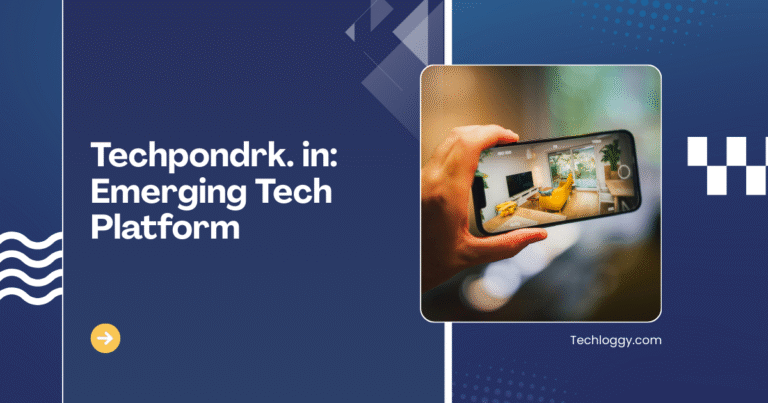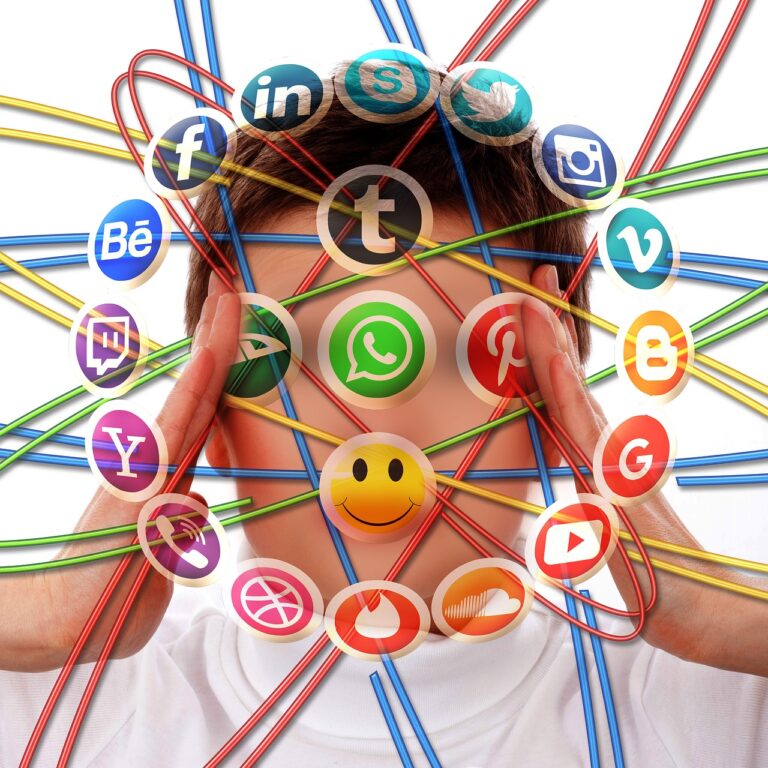
In our fast-paced digital world, tech has transformed the way we live, work, and communicate. We can attend meetings, reply to emails, and check our social feeds anytime — anywhere. But while technology offers unmatched convenience, being constantly connected comes with a hidden price tag.
This article explores the lesser-known consequences of digital overconnectivity, from mental health impacts to reduced productivity, and offers practical strategies to reclaim balance in the age of constant digital access.
The Rise of Hyperconnectivity
The evolution of tech has made it nearly impossible to disconnect. Smartphones, tablets, smartwatches, and even refrigerators keep us online around the clock. Digital communication, cloud platforms, and instant messaging tools are essential for modern business and personal life.
While these innovations have streamlined processes, the digital lifestyle has blurred boundaries between work and rest. Being available 24/7 often creates pressure to respond immediately — whether it’s a client email at midnight or a social media notification during dinner.
Mental Health Toll of Constant Connectivity
One of the most serious hidden costs of always being connected is its impact on mental health. Studies show a strong correlation between prolonged screen time and increased rates of anxiety, stress, and depression.
When the brain doesn’t get time to unwind from digital input, it stays in a state of high alert, contributing to emotional exhaustion. Blue light exposure before bed can also interfere with sleep patterns, leading to poor rest, which further exacerbates mental health issues.
Reduced Focus and Productivity
It may seem ironic, but too much reliance on tech can lead to a productivity paradox. The constant influx of emails, notifications, and messages results in frequent interruptions, reducing deep work and concentration.
According to research from the University of California, it takes an average of 23 minutes to refocus after an interruption. Multiply that across a day, and it’s easy to see how digital distractions significantly reduce output.
Impaired Work-Life Balance
Remote work, facilitated by technology, was a major shift during and after the pandemic. But it also means people are working beyond their regular hours, responding to messages late at night, and facing burnout without even realizing it.
The ability to work from anywhere often comes with the unspoken expectation to work everywhere and all the time. Digital burnout is now a growing concern in workplaces, especially among younger professionals and freelancers who are deeply integrated with tech platforms.
Financial Costs of Digital Dependency
Beyond emotional and mental effects, there’s also a financial aspect to staying constantly connected. Subscriptions, cloud storage, gadget upgrades, and mobile data plans can accumulate into hundreds (or thousands) of dollars annually.
Also, people tend to invest heavily in wearable tech, smart home devices, and productivity tools, believing they’ll improve efficiency — only to realize that the real need is a structured break from the screen, not another app or device.
Relationships and Social Disconnect
While tech keeps us connected virtually, it can create emotional distance in real-life relationships. It’s common now to see friends and families sitting together, all glued to separate screens. Constant notifications can interrupt meaningful conversations and reduce the quality of social interactions.
Moreover, overuse of social media creates unrealistic standards and comparison, contributing to low self-esteem and dissatisfaction in personal relationships.
The Environmental Footprint of Tech
Few people consider the environmental impact of tech consumption. The demand for new devices contributes to e-waste, energy consumption, and resource depletion. Data centers powering our cloud storage and streaming services require massive amounts of energy and water.
While this may not directly affect us on a daily basis, it is a hidden cost with long-term consequences for our planet.
How to Create Digital Boundaries
To manage the hidden costs of constant connectivity, here are a few steps you can take:
- Set device-free hours: Reserve mornings or evenings to be screen-free.
- Turn off unnecessary notifications: Not every app needs your attention in real time.
- Practice digital detox: Unplug for a day or weekend every month.
- Prioritize offline hobbies: Read physical books, go for walks, or engage in face-to-face activities.
- Use tech intentionally: Audit your screen time and limit apps that don’t add real value.
You can explore more digital balance tips at betechit.com tech, a platform dedicated to useful insights and tech-related content.
Final Thoughts On The Hidden Costs of Being Always Connected
Tech is undeniably powerful, and its benefits are clear — from increased access to knowledge to global collaboration. However, being always online can quietly chip away at our well-being, productivity, finances, and relationships.
Understanding and managing the hidden costs of connectivity can help us use technology as a tool, rather than letting it control our lives. Finding balance is key to thriving in the digital era.
FAQs
1. What does it mean to be “always connected”?
Being always connected refers to the constant access to digital devices and online platforms, often leading to little or no separation from tech-based interactions.
2. How does constant connectivity affect mental health?
It can cause anxiety, stress, sleep disruption, and emotional fatigue due to overstimulation and lack of downtime.
3. What are digital detoxes and do they work?
A digital detox is a break from using tech devices or apps. Yes, they can significantly improve mental clarity, sleep, and mood.
4. How does tech overuse affect productivity?
Frequent digital interruptions reduce deep work, concentration, and efficiency — ultimately lowering overall productivity.
5. Can being always connected affect personal relationships?
Yes, it can reduce real-life engagement and communication, leading to emotional distance and a decline in relationship quality.




